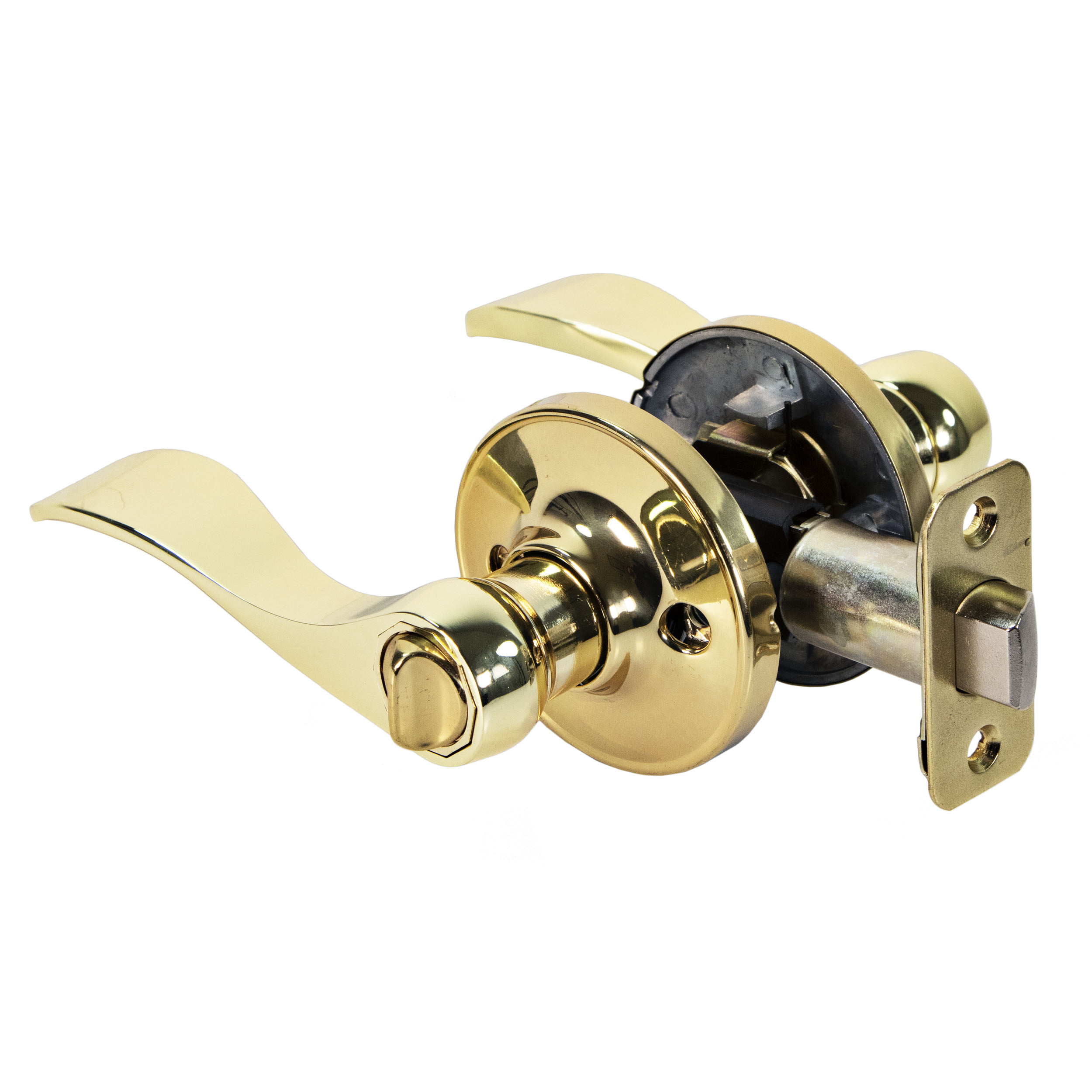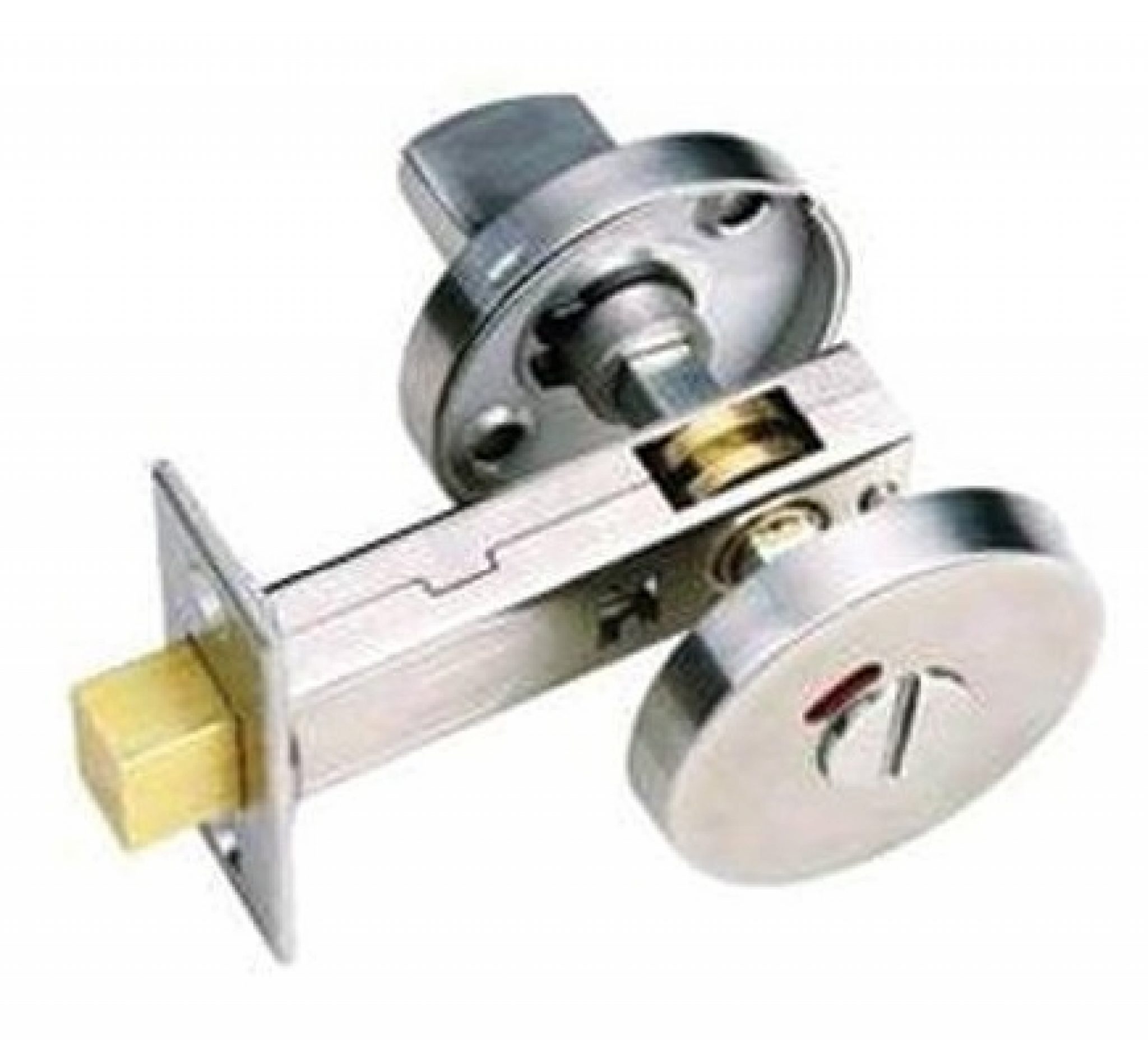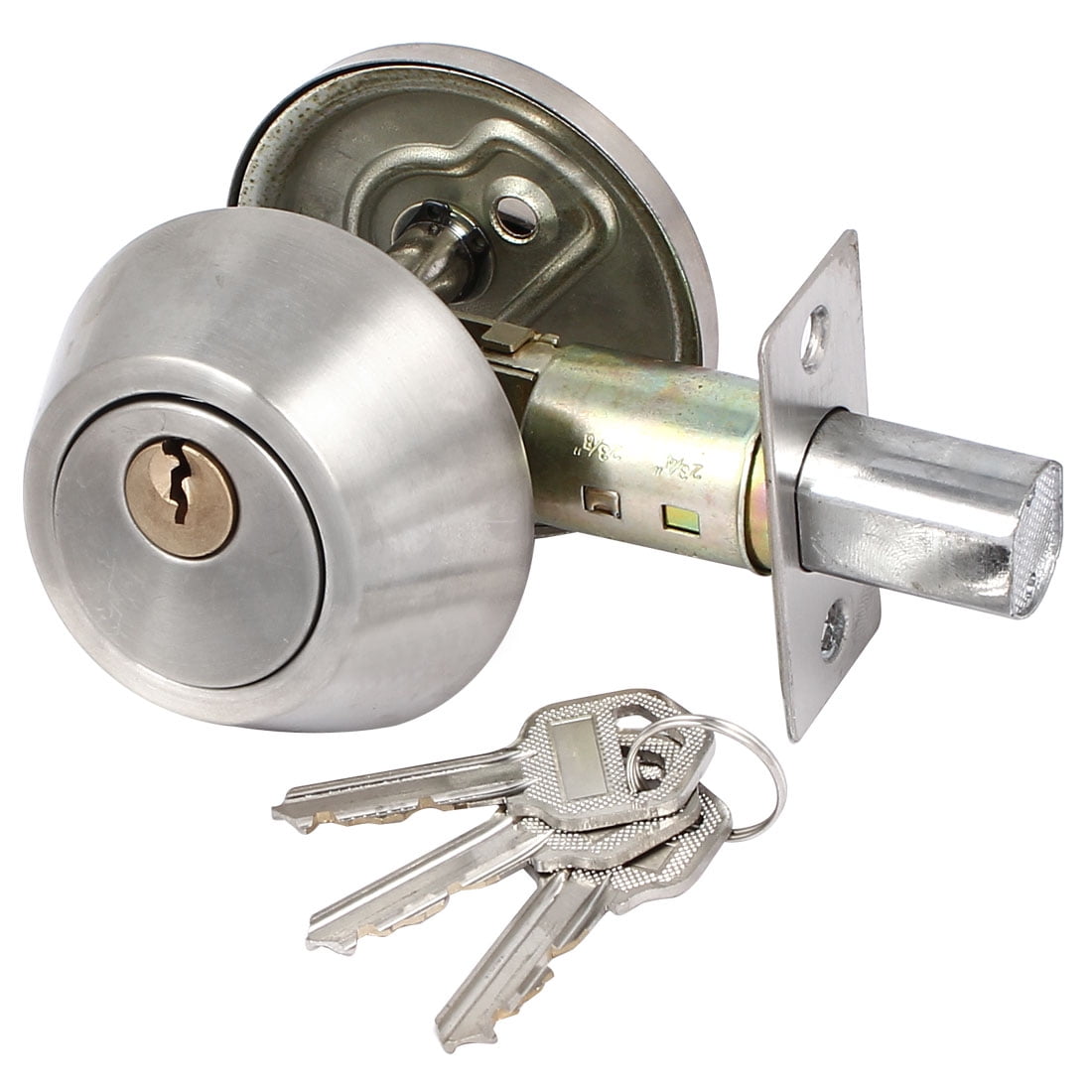Types of Interior Bathroom Door Locks

Choosing the right interior bathroom door lock is crucial for privacy, security, and functionality. Understanding the different types available helps you select the perfect lock for your needs.
Privacy Locks
Privacy locks are designed for private spaces like bathrooms, bedrooms, and offices. They provide a secure locking mechanism that can be unlocked from the inside using a knob or lever. These locks are ideal for ensuring privacy and preventing unauthorized entry.
- Features: Privacy locks typically feature a latch that engages when the door is closed, offering a basic level of security. They often include a thumb turn or lever on the inside for easy unlocking.
- Functionality: Privacy locks are designed to be locked from the inside and unlocked with a key from the outside. They offer a simple locking mechanism for basic privacy needs.
- Applications: Privacy locks are commonly used in bathrooms, bedrooms, and other rooms where privacy is essential. They are also suitable for offices where a level of security is required.
- Pros:
- Affordable and easy to install.
- Offer basic privacy and security.
- Available in various styles and finishes to match your décor.
- Cons:
- Not as secure as deadbolt locks.
- May not be suitable for high-security areas.
Passage Locks, Interior bathroom door lock
Passage locks are designed for doors that require no locking mechanism, such as interior doors connecting rooms. They are often used for hallways, closets, and other areas where security is not a concern.
- Features: Passage locks typically feature a simple latch that engages when the door is closed but does not have a locking mechanism. They are usually operated by a knob or lever on both sides of the door.
- Functionality: Passage locks allow the door to be opened and closed freely, without the need for a key. They provide no locking mechanism, making them suitable for areas where security is not a priority.
- Applications: Passage locks are commonly used for interior doors connecting rooms, hallways, closets, and other areas where privacy and security are not required.
- Pros:
- Easy to use and operate.
- Affordable and readily available.
- Allow free passage between rooms.
- Cons:
- Do not provide any security or privacy.
- Not suitable for areas where locking is required.
Dummy Locks
Dummy locks are purely decorative and have no functional locking mechanism. They are often used for aesthetic purposes, providing a visual appearance of a lock without offering any actual security.
- Features: Dummy locks resemble real locks but lack a latch or any internal mechanism. They typically have a knob or lever that turns freely, providing only a visual impression of a lock.
- Functionality: Dummy locks have no locking function and are purely for decorative purposes. They do not offer any security or privacy.
- Applications: Dummy locks are often used in areas where a lock is visually desired but not required for security or privacy, such as on doors that are already secured with other locks or in areas where access is not restricted.
- Pros:
- Affordable and easy to install.
- Provide a decorative touch to doors.
- Can be used to match other door hardware.
- Cons:
- Do not provide any security or privacy.
- Can be easily bypassed.
Key Features of Interior Bathroom Door Locks

Interior bathroom door locks are essential for privacy and security. They provide a sense of personal space and protect belongings from unauthorized access. Understanding the key features of these locks helps you choose the right one for your needs and ensure proper installation and maintenance.
Latch Mechanisms
Latch mechanisms are the core of any door lock, responsible for holding the door closed. They come in various types, each with its unique operation and security level.
- Deadbolt Latches: These latches are the most secure option. They extend a bolt into the strike plate when locked, requiring a key to unlock. Deadbolt latches are commonly used for exterior doors but can also be incorporated into interior bathroom locks for enhanced security.
- Spring Latches: Spring latches are simpler and more common for interior doors. They use a spring-loaded mechanism to engage with the strike plate when the door is closed. They can be unlocked with a simple turn of the knob or lever.
- Privacy Latches: These latches are designed specifically for interior doors, particularly bathrooms. They have a latch that can be released from the inside using a thumb turn or a button. The outside knob or lever cannot unlock the door, ensuring privacy.
Strike Plates
Strike plates are metal plates attached to the door frame that receive the latch when the door is closed. They play a crucial role in ensuring proper door closure and security.
- Reinforced Strike Plates: These strike plates are made from thicker metal and often have screws that extend into the door frame, providing additional strength and preventing the strike plate from being easily ripped off.
- Adjustable Strike Plates: Some strike plates have adjustable screws that allow you to fine-tune the alignment of the latch, ensuring proper engagement and preventing the door from sticking or dragging.
Handles and Knobs
Handles and knobs are the visible parts of the door lock that you interact with. They provide a convenient way to open and close the door and can also contribute to the overall aesthetics of the bathroom.
- Lever Handles: Lever handles are popular for their ease of use, especially for people with limited mobility. They can be operated with a simple push or pull motion.
- Round Knobs: Round knobs are traditional and widely used. They require a twisting motion to open the door.
- Decorative Handles and Knobs: Many manufacturers offer handles and knobs in various styles and finishes, allowing you to choose options that complement your bathroom décor.
Installation and Maintenance of Interior Bathroom Door Locks

Installing and maintaining an interior bathroom door lock is a breeze, especially if you’re a little handy. Whether you’re replacing an old lock or installing a new one, this section will walk you through the process and give you some tips for keeping your bathroom door lock in tip-top shape.
Installing Interior Bathroom Door Locks
Installing an interior bathroom door lock involves a few steps, depending on the type of lock you’re installing.
Here’s a general guide:
- Choose the Right Lock: The first step is to choose the right type of lock for your needs. Consider factors like privacy level, ease of installation, and your budget.
- Prepare the Door and Frame: Ensure your door is properly prepped. Measure the existing door lock to determine the size of the new lock you need. If replacing an existing lock, you’ll need to remove the old lock.
- Mark the Door and Frame: Once you have your new lock, mark the door and frame for the new lock installation.
- Drill the Holes: Drill the holes for the new lock using the appropriate drill bits. Be careful to drill straight and avoid damaging the surrounding wood.
- Install the Lock: Once the holes are drilled, insert the lock into the door. Use a screwdriver to tighten the screws.
- Install the Strike Plate: Attach the strike plate to the door frame, aligning it with the lock.
- Test the Lock: After installation, test the lock to ensure it works properly.
Adjusting the Latch and Strike Plate
Sometimes, the latch and strike plate might not align properly. This can cause the door to stick or not close securely. Here’s how to adjust them:
- Identify the Adjustment Screws: Most interior bathroom door locks have adjustment screws on the latch or strike plate. Locate these screws.
- Adjust the Latch: If the latch isn’t aligning properly with the strike plate, use a screwdriver to adjust the latch screws.
- Adjust the Strike Plate: If the strike plate is not aligned, use a screwdriver to adjust the strike plate screws.
- Test and Adjust: Test the door after each adjustment. Continue adjusting until the door closes smoothly and securely.
Maintaining Interior Bathroom Door Locks
Keeping your interior bathroom door lock in good condition requires a little bit of regular maintenance.
- Clean the Lock Regularly: Dust and dirt can accumulate in the lock, making it difficult to operate. Use a soft brush or a vacuum cleaner with a brush attachment to clean the lock regularly.
- Lubricate the Lock: Apply a light lubricant, like graphite powder or dry Teflon lubricant, to the lock mechanism to prevent it from sticking or squeaking.
- Tighten Loose Screws: If the screws on the lock or strike plate become loose, tighten them with a screwdriver.
- Replace Worn-Out Parts: If the lock becomes worn or damaged, replace it with a new one.
Troubleshooting Common Issues with Interior Bathroom Door Locks
Here are some common issues you might encounter with interior bathroom door locks and how to fix them:
- Door Sticking: If the door sticks, check the alignment of the latch and strike plate. Adjust them as needed.
- Lock Not Engaging: If the lock isn’t engaging, check the latch for any debris or obstructions. Clean the latch and try again.
- Lock Jamming: If the lock jams, try applying a lubricant to the lock mechanism. If that doesn’t work, you might need to replace the lock.
- Lock Not Turning: If the lock isn’t turning, check if the knob or lever is loose. Tighten it or replace it if necessary.
While a standard interior bathroom door lock provides basic privacy, bathroom door locks with occupancy indicators offer an extra layer of safety and convenience, particularly in shared spaces. These locks visually signal whether the bathroom is occupied, eliminating the need for awkward knocks or waiting outside.
This feature is especially useful in high-traffic areas like offices or public restrooms, where knowing the availability of the room is crucial.
While interior bathroom door locks provide traditional security and privacy, consider the sleek elegance of bathroom sliding glass doors in the Philippines for a contemporary touch. These doors not only enhance the aesthetic appeal of your bathroom but also offer a unique and stylish alternative to traditional door locks.